Mollusca
What are mollusks and how do their movements and defense work?
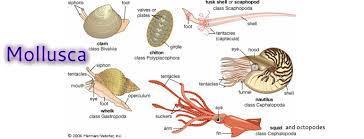
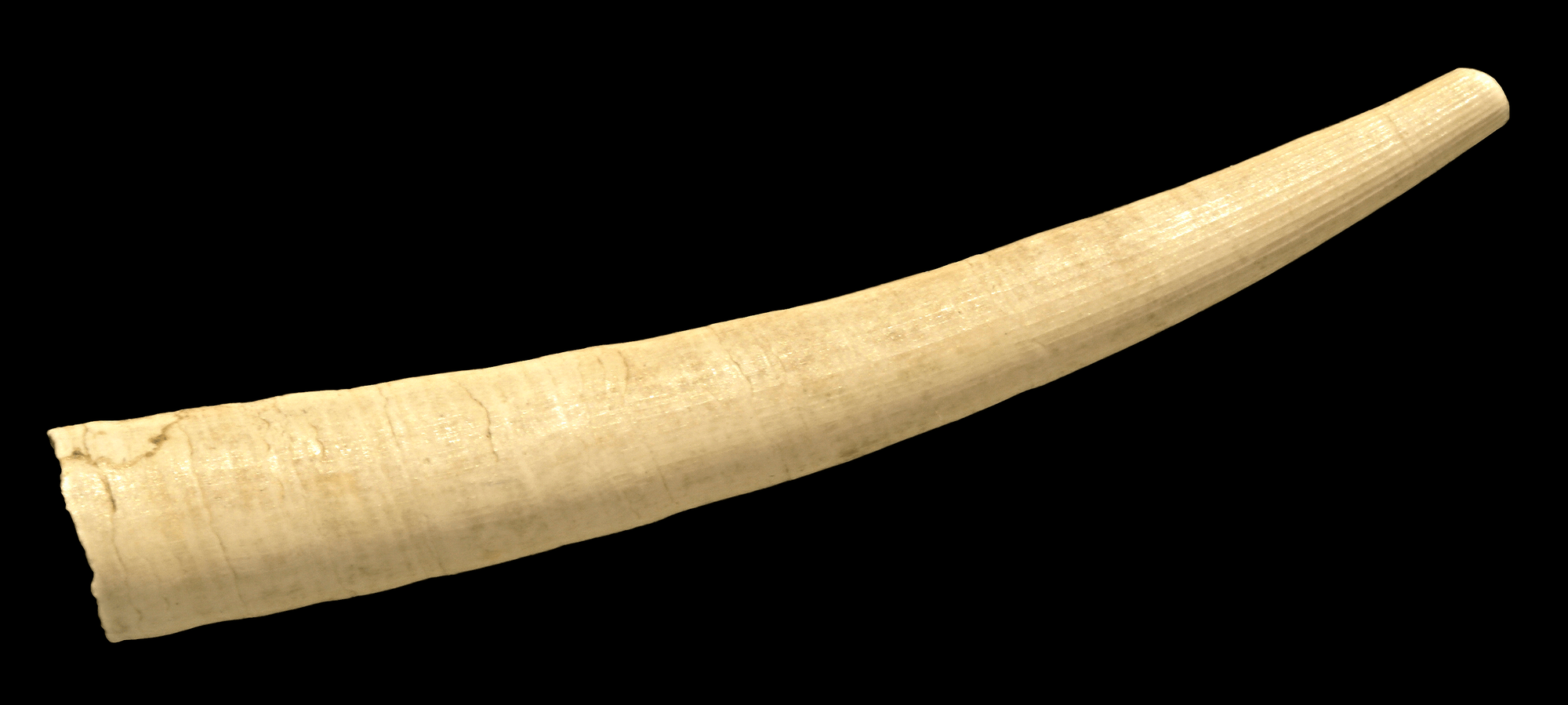
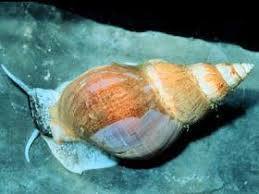
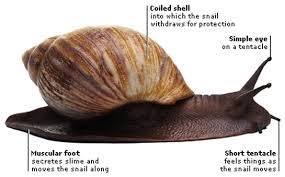
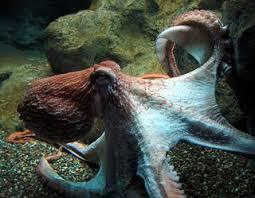
- Mollusks, or mollusca, are an extremely diverse group of animals with close to 100,000 known species and well over 100,000 still undiscovered. Mollusca is the second largest invertebrate phylum (behind arthropods) and the largest marine phylum, comprising 23% of all aquatic life [1]. The classes of mollusca are aplacophora (no shell), monoplacophora (one shell covers the body), polyplacophora (many shells cover the body; chitons), bivalvia (mollusks with a hinged shell), gastropoda (a shell that doesn’t cover the animal’s body), cephalopoda (shell-bearing or reduced shell; squids, octopuses), and scaphopoda (a single conical shell; “tusk shells”) [7].


- All mollusks have soft bodies and have a “head” and “foot” area that allow for ground movement. Snails and bivalves use the foot for travel, although it only permits slow movement. The mucous gland secretes mucus on a surface, both allowing the mollusk to slide on and stick to it, depending on how the mollusk applies pressure. The top recorded speed of a “foot” mollusk is only 0.005 miles per hour. Other mollusks, like squids, octopuses, and cuttlefish, use muscles in their mantle cavities to propel themselves through the expulsion of water. This method is significantly faster than the foot, allowing them to reach bursts of 25 miles per hour.


- Another defining characteristic of a mollusk is the presence of a shell, which can be seen externally on snails and bivalves and internally for cephalopods. Shells provide excellent protection for relatively small predators but don’t hold up against those with strong jaws. Snails and other gastropods can tuck their vulnerable bodies into their shells and can seal themselves in via the operculum, effectively protecting themselves from harm. Other mollusks bury themselves or secrete mucus to lose or deter predators. Some gastropods can store poison to excrete in danger or in the case of cone snails, fire poison-imbued spears at prey or predators. Cephalopods use ink to blind, distract, and ultimately escape from danger. Many cephalopods are also able to alter their coloration and body shape, allowing them to camouflage and confuse predators.




